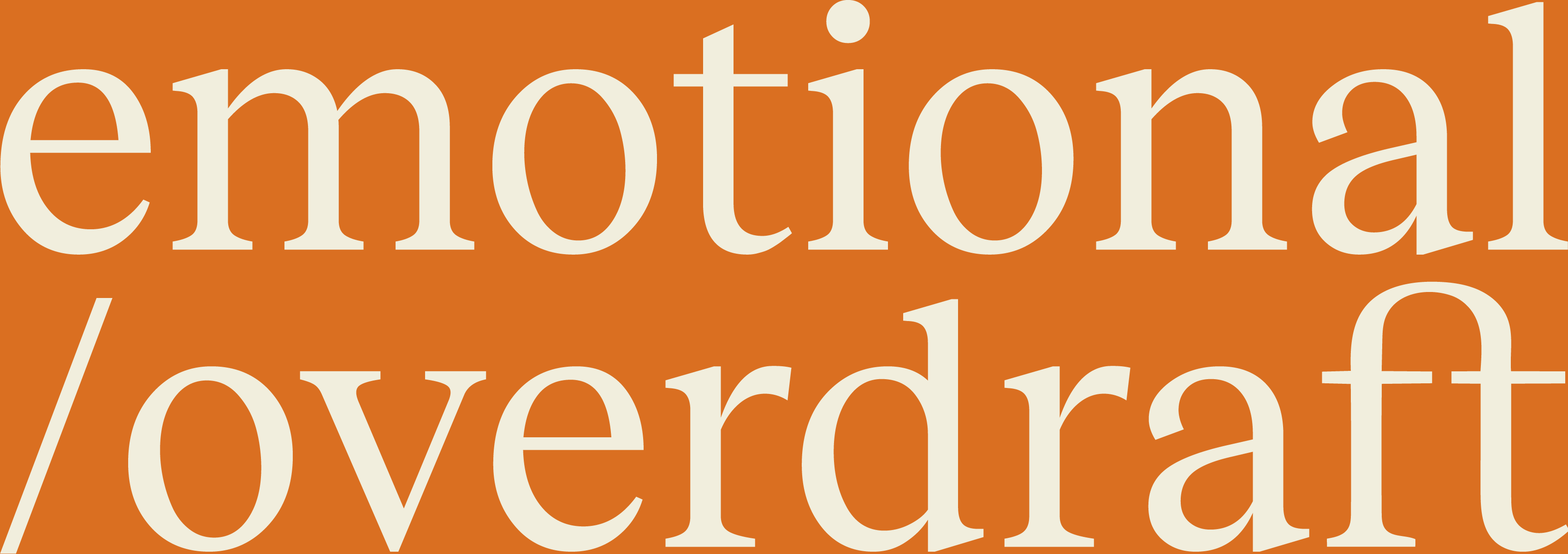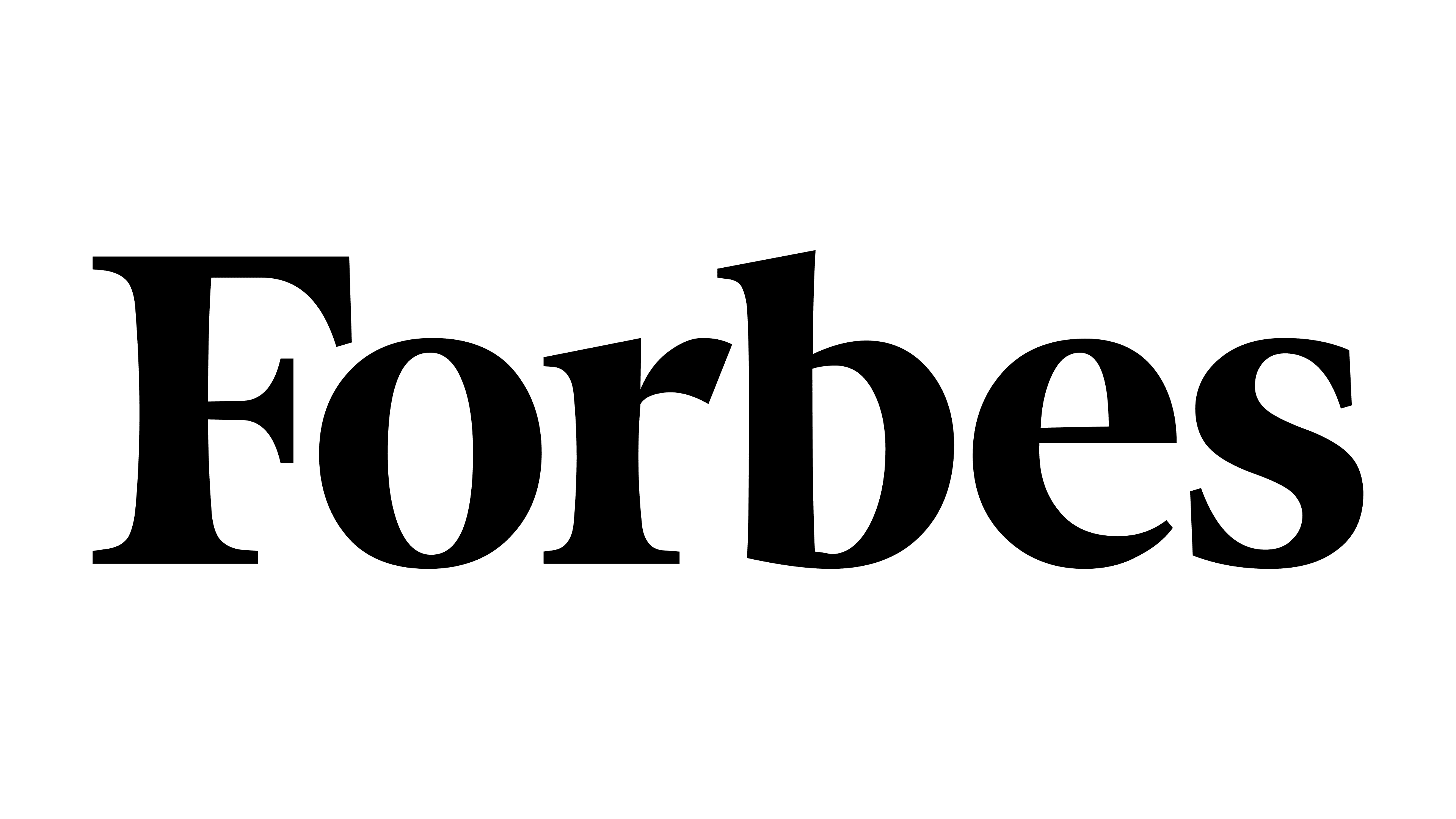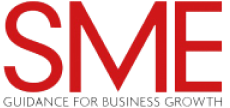Sarah is in her annual P&L meeting. She’s running a high growth business and in the last 12 months, she’s not only made a healthy profit, she’s also a full year ahead on where she’d planned to be on her 5-year growth plan. Cue fanfare.
From afar, we’d surely expect Sarah to be ecstatic. This is what she wanted, wasn’t it?
This is what all founders and leaders want, isn’t it?
But instead, Sarah feels weary. Exhausted even. She hasn’t seen her kids for more than an hour or two a day in the last 3 months, she’s missed their art show and turned down numerous opportunities to meet with friends. Social invites are dwindling.
The figures in front of her might be well and truly in the black, but why does it all feel like it just doesn’t quite add up?
The truth is that Sarah’s in debt. She’s drowning in it. But it’s not a debt that’s ever going to appear on a traditional P&L. It’s an invisible, hidden line on her statement. It’s one only she can control and one only she can repay.
Sarah has been drawing on what I call ‘Emotional Overdraft’.
You see, Sarah’s been fiddling the figures (back off HMRC and here me out). Sarah’s been fiddling the figures by subsidising her business’ profitability at the expense of her own mental and physical health.
12 months ago, and in line with her original growth plan, Sarah set out to find a New Business Director. Pipeline was of huge importance to the future success of the business.
She set aside £80,000 for the right person.
Fast forward 3 months, and recruiting the right person was time and again drawing a blank.
At this point Sarah decided to change tac.
‘Right’, she said. ‘I can handle the New Business team for the time being. We’ll leave it a month and come back to it when the market feels like it’s in a better space”
And yet, nine months later Sarah is still trying to run the new business team. And she’s also stepped in to help manage her relatively young and inexperienced social team, telling herself that for now, it’s better to try and get some things done herself rather than spend more money on training or mentoring.
She knows that she’s lost focus on the bigger picture somewhat, and that her long hours and constantly being in demand is causing her to be more impatient, both at home and at work. But, she reminds herself ‘this is not forever’. And let’s not forget, she’s also ‘saved’ herself £80,000 on that new hire.
All this, and yet the sleepless nights and nagging sensation continue.
On paper, Sarah is the epitome of success. The figures are fantastic. Her accountant congratulates her on ‘a great year’. But she is drawing hard on her Emotional Overdraft. A useful short-term facility that can have devasting effects if not repaid in the long run.
Take a look at your own business. Could there be a hidden cost line in your P&L? One that represents the personal price you paid when you took on the client work yourself? When you knew you needed that new hire but decided to put extra pressure on existing teams instead?
Imagine if it were possible to put a number on that cost, just like you can with your marketing costs or travel expenses. Would you still be in profit, or would you be staring at a big, fat loss?
I see versions of Sarah’s story in almost all businesses. Leaders struggle with load balancing, a feeling of duty and being ‘at a loss’ – all of which are drivers of an emotional overdraft.
If you’d like to find out more, you can buy the book or download it as an audiobook. If you know someone who is in a situation like Sarah, perhaps direct them towards it, or get it for them as a gift, it could be the most valuable present they receive.
Andy.










